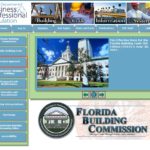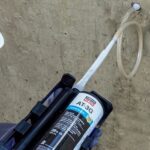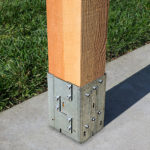In a perfect world, every single product used in building would undergo a rigorous, independent evaluation process to determine its compliance with established safety codes and standards prior to its appearance in the market. “Alternative” building products and design methods are very much a reality of the construction industry, however. All the same, when Designers and building officials must decide whether to specify or approve such products, there are still review organizations and processes that help them evaluate whether or not the products meet the required safety standards to protect the public. In this post, Jeff Ellis, Simpson Strong-Tie Director of Codes and Compliance, delineates the process involved when an evaluation service entity, such as ICC-ES, issues an evaluation report (ER) for an alternative building product or method.
There are products used in many buildings that are not referenced by the codes or standards. These products can affect structural strength, stability, fire resistance and other building performance attributes, which can impact public safety, health, and general welfare. The International Building Code Section 104.11 (Alternative materials, design, and methods of construction and equipment) provides guidance on the approval process for the use of alternative products in the built environment. The code section identifies the building official as the evaluator and decision-maker. This is similar to a referee determining a player’s compliance with the rules.
The code section 104.11 indicates that the alternative material, design, and methods of construction shall be approved where the alternative complies with the intent of the code. The supporting data shall consist of valid research reports, and, in the absence of recognized standards, the building official shall approve the testing procedures. This is somewhat similar to asking the referee to write the rules during the game and expecting all referees to independently write and interpret the rules similarly for every game.
In the absence of publicly developed and majority-approved provisions, the building official is tasked with ensuring that the data provided is appropriate and adequately proves the alternative product meets code intent to protect public safety, no matter the product type or complexity. This contrasts with the robust code development process in which committees with balanced representation publicly develop and deliberate on provisions in order to protect public safety. The question arises whether the 104.11 requirement implies that a process should be used in the development of test and evaluation requirements for alternative products that is similar to the development of code and standard provisions: public debate, resolution of negative opinions, and a majority approval of the requirements. Requiring a similar code development process for alternative products makes sense.
Can the public and manufacturers afford the time and expense of a code-like evaluation process for alternative materials? Is the alternative product to be approved next time the same and are the building code requirements the same as they were the last time? Can the public and manufacturers expect the same rules from different referees every time? Some observers seem to believe that building officials and registered design professionals have plenty of time to consider the complexities of alternative products and design methods. However, we know that building officials and design professionals are already substantially tasked with the building systems that rely on code-recognized materials and methods.
Is there a solution that balances providing innovative and cost-effective alternative building product solutions to the building industry in a timely manner with providing a thorough product assessment that ensures consistency and public safety? Accredited building product certification companies, or evaluation service companies, that use publicly developed and majority-approved acceptance or evaluation criteria and publish an evaluation report with a product’s description, along with its design and installation requirements and limitations, provide such a solution. These evaluation service companies are a third-party resource that assist building officials in determining whether an alternative product meets code intent and should be approved for use in their jurisdiction.
One of a number of evaluation service companies is the ICC Evaluation Service. ICC-ES has been performing structural product evaluations for many years and is ANSI accredited to ISO/IEC 17065 (Conformity Assessment – Requirements for bodies certifying products, processes, and services) to provide building-code product certifications (ICC-ES). However, accreditation by itself mainly verifies that a certain process is implemented to ensure consistency and confidentiality. ICC-ES is one evaluation service that also has a public acceptance criteria process. This process includes an evaluation committee composed of building enforcement officials. The officials on the committee evaluate the proposed criteria, listen to expert and industry input, and only approve the criteria by a majority vote if products evaluated to those criteria will meet code intent. This is similar to the codes and standards development process — a transparent public process and a majority approval of requirements for many project types and conditions and not just an opinion of one or a couple of individuals.
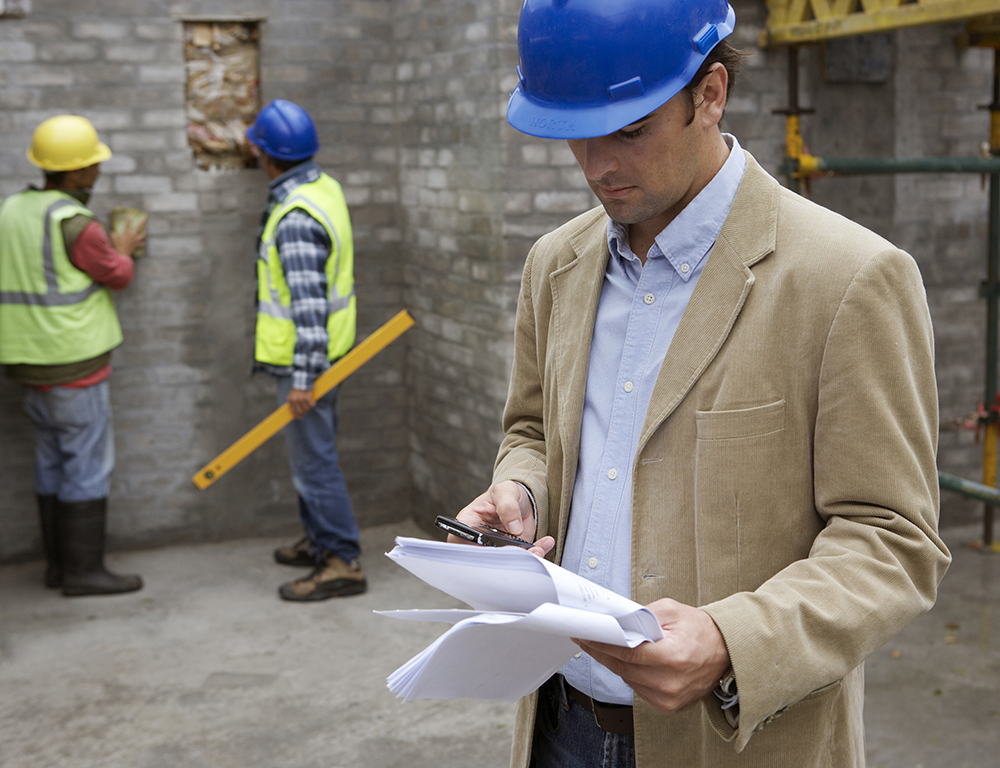
The alternative building product review process for ICC-ES is similar and has the following important components:
- PUBLISHED CRITERIA: The accredited product evaluation service develops product acceptance criteria, with manufacturer and public input, which are publicly debated, revised and ultimately approved by a majority vote of a committee of building enforcement officials.
- INDEPENDENT TESTING: The manufacturer contracts with an accredited independent third-party test laboratory to either perform or witness the product testing in accordance with the criteria.
- THIRD-PARTY REVIEW: Registered design professionals with the accredited product evaluation service evaluate the testing and analyses performed and sealed by registered design professionals with the manufacturers or their representatives.
- PUBLISHED RESULTS: The accredited product evaluation service publishes the evaluation report to their website. The report typically contains the product description, along with design and installation requirements and limitations.
- CONTINUOUS COMPLIANCE: The manufacturer’s quality system is inspected at least annually by the accredited product evaluation service or an accredited third-party inspection agency to ensure that the product currently being manufactured is the same as that which was evaluated.
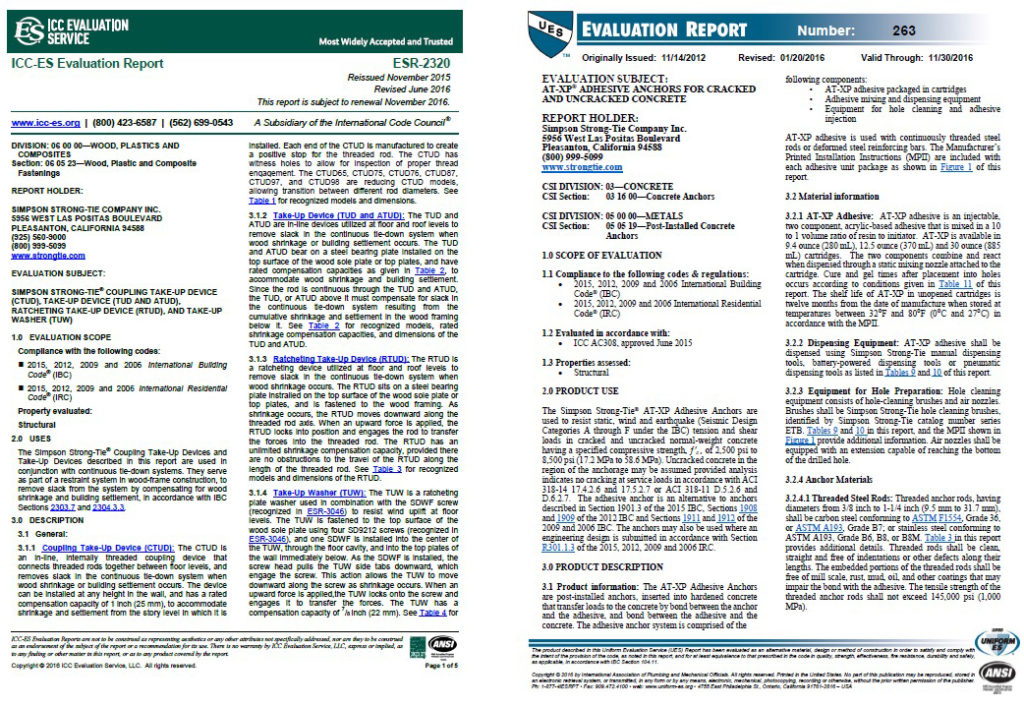 While the term “product evaluation” is sometimes used, so are “product certification” and “product conformity assessment.” ISO/IEC Guide 2:2004 defines “conformity assessment” as “Any activity concerned with determining directly or indirectly that relevant requirements are fulfilled.” Some “product certification” companies also provide “product listing” services for when testing and evaluation requirements for the product are already in code-referenced consensus standards, making the development of acceptance criteria unnecessary, thus simplifying the process.
While the term “product evaluation” is sometimes used, so are “product certification” and “product conformity assessment.” ISO/IEC Guide 2:2004 defines “conformity assessment” as “Any activity concerned with determining directly or indirectly that relevant requirements are fulfilled.” Some “product certification” companies also provide “product listing” services for when testing and evaluation requirements for the product are already in code-referenced consensus standards, making the development of acceptance criteria unnecessary, thus simplifying the process.
A couple of previous Simpson Strong-Tie SE Blog posts on evaluation or code reports that you may find informative discuss steps to obtain an evaluation or code report and provide a checklist to determine adequacy of a report.
A mechanism is available to the building industry to safely provide innovative and cost-effective alternative building products in a timely manner. It implements a public and majority-approved alternative product acceptance criteria process. The process parallels the codes and standards development process and provides information that helps meet the “approved sources” requirement of building code section 104.11. This solution involves the building official referencing building product evaluation service reports based on acceptance criteria. It is a process that uses selected “referees” to write a set of majority-approved rules for the “game.” This robust evaluation process fosters consistency and helps ensure that an alternative product meets code intent, thus keeping construction costs reasonable and better protecting the public.
The article Construction Referees: Evaluation Processes for Alternative Building Products appeared first in Simpson Strong-Tie’s Structural Report newsletter. To sign up to receive Structural Report in your inbox, go to strongtie.com/subscribe.




